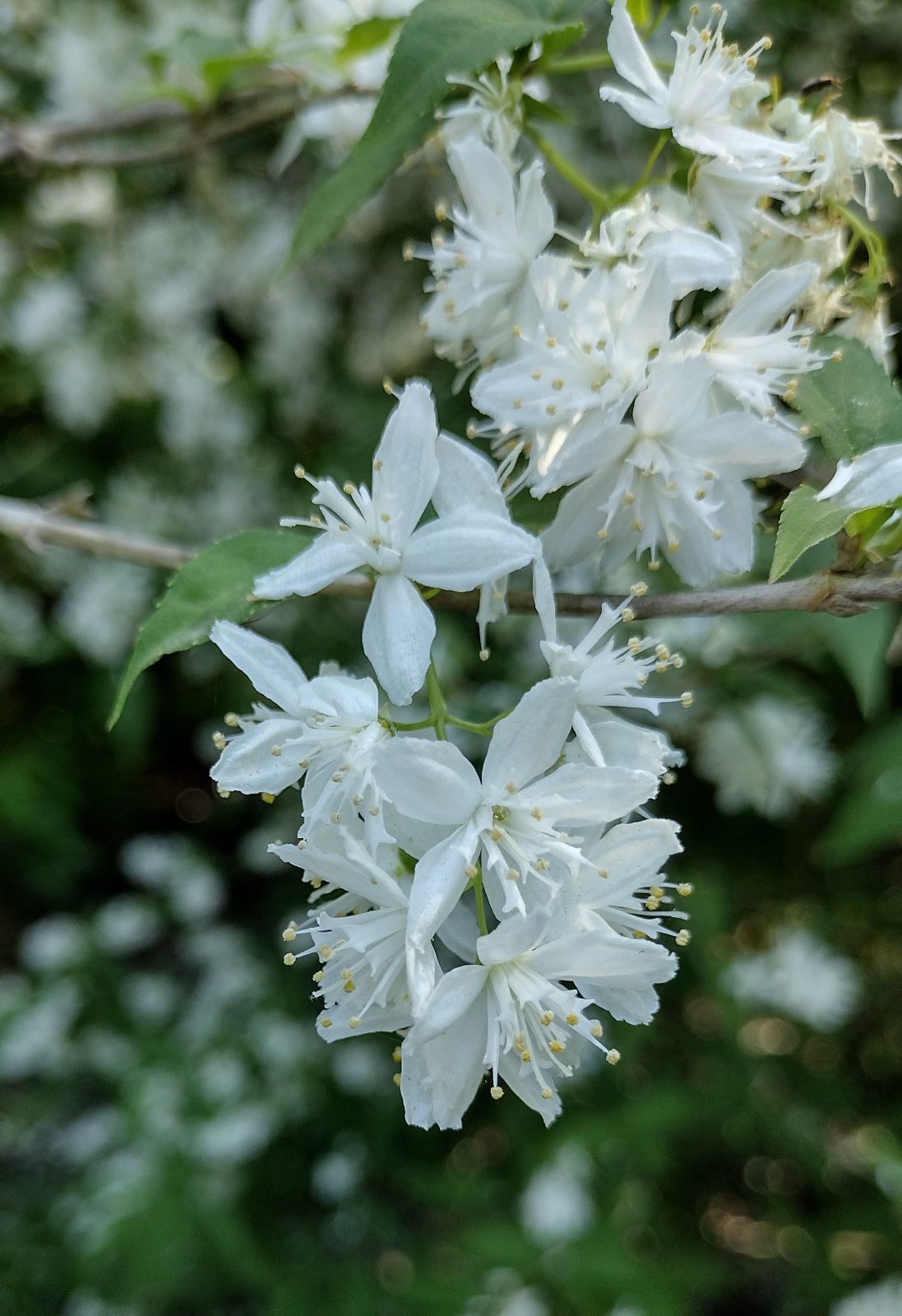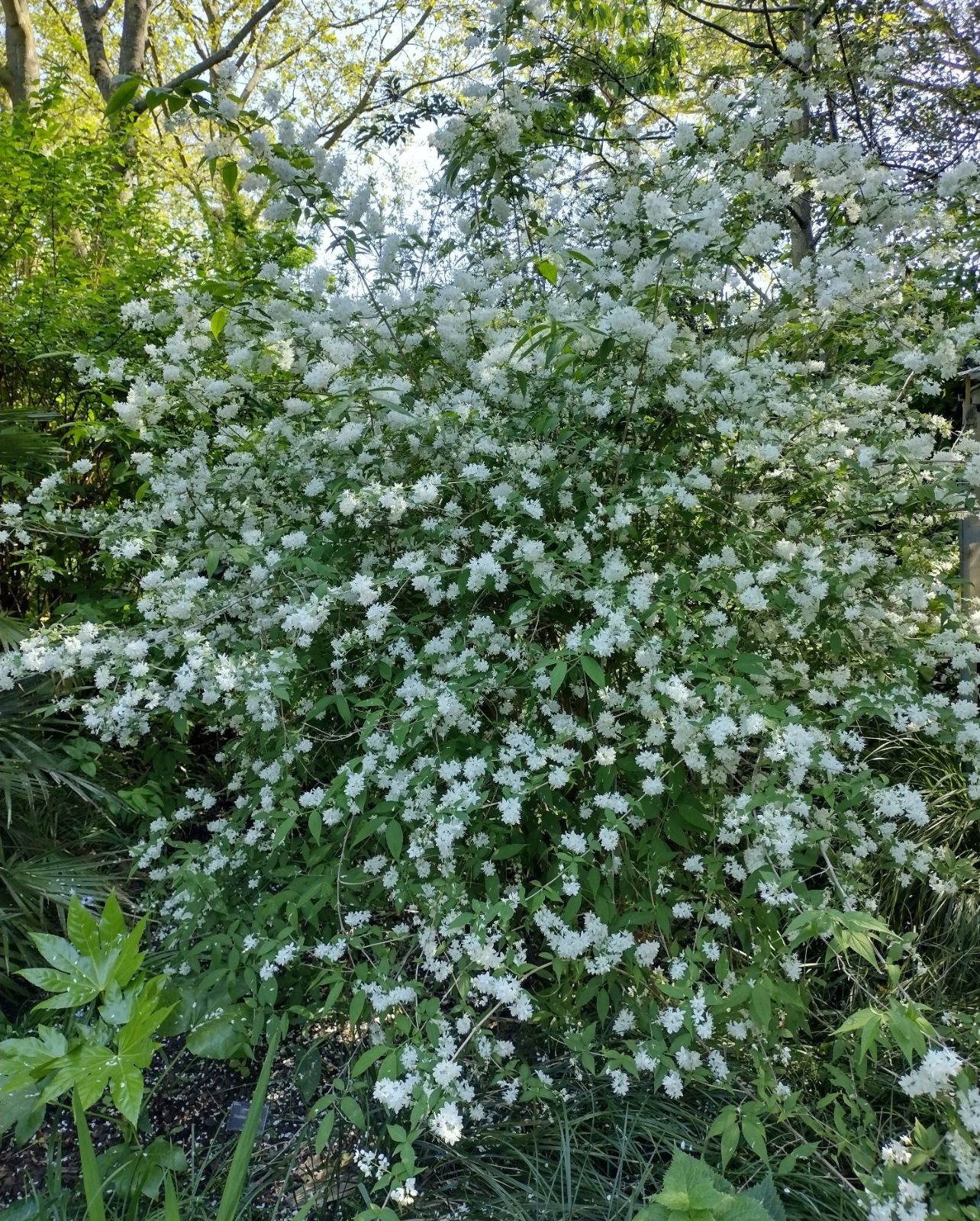Deutzia gracilis
Credits
Article from Bean's Trees and Shrubs Hardy in the British Isles
Recommended citation
'Deutzia gracilis' from the website Trees and Shrubs Online (treesandshrubsonline.
Genus
Infraspecifics
Other taxa in genus
- Deutzia amurensis
- Deutzia compacta
- Deutzia corymbosa
- Deutzia discolor
- Deutzia × elegantissima
- Deutzia glomeruliflora
- Deutzia grandiflora
- Deutzia × hybrida
- Deutzia × lemoinei
- Deutzia longifolia
- Deutzia × magnifica
- Deutzia maximowicziana
- Deutzia mollis
- Deutzia monbeigii
- Deutzia pulchra
- Deutzia purpurascens
- Deutzia reflexa
- Deutzia rehderana
- Deutzia × rosea
- Deutzia rubens
- Deutzia scabra
- Deutzia schneiderana
- Deutzia setchuenensis
- Deutzia sieboldiana
- Deutzia staminea
- Deutzia taiwanensis
- Deutzia vilmoriniae
- Deutzia wilsonii
A deciduous, erect-growing shrub up to 6 ft high; young shoots soon quite glabrous. Leaves lanceolate, tapered or rounded at the base, long and slenderly pointed, rather coarsely and unequally toothed, 1 to 3 in. long, 3⁄8 to 5⁄8 in. wide, deep green. Seen under the lens the upper surface shows numerous star-shaped depressions in which are embedded minute, star-shaped hairs. Flowers pure white, 5⁄8 to 3⁄4 in. across, produced in erect racemes or panicles 11⁄2 to 3 in. long. Petals obovate, rounded at the apex; styles distinctly longer than the stamens; calyx slightly scaly, with small, triangular, greenish-white lobes. Flower-stalks glabrous.
Native of Japan; introduced about 1840. Well known for forcing early into blossom for conservatory decoration, this species is also very handsome out-of-doors where the climate suits it. It is quite hardy, but in low-lying districts is very frequently injured by late frosts. When frosted in bud, D. gracilis has the peculiarity of producing minute but otherwise apparently quite normal flowers. This phenomenon has been observed in the R.H.S. Garden at Wisley and, judging from specimens sent in by Fellows of the Society, it is not uncommon.


